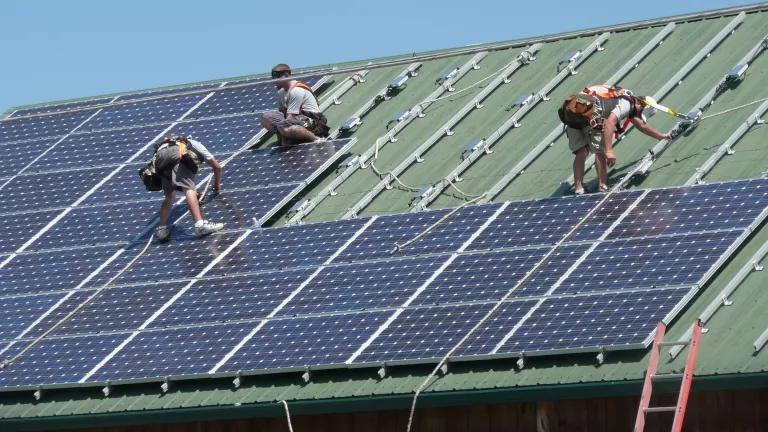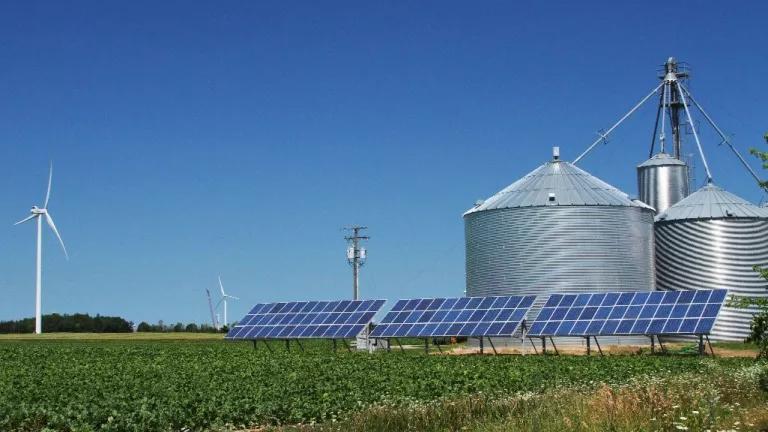Bioenergy made from sustainably harvested cover crops has the potential to build the country’s renewable energy portfolio while conserving resources and increasing farmers’ income. Cover crops, in spite of many benefits to farmers, are still underutilized, but the added benefit of a biomass harvest may help to scale up their use. Systems for producing biomass from cover crops must balance main crop yields, cover crop yields, and environmental benefits provided by the cover. This balancing act can be made easier with better public policies, and research is still under way on many aspects of sustainable cover cropping systems for biomass production.
This paper examines the benefits of using cover crops on agricultural land, the potential added benefits of harvesting biomass from cover crops, and the trade-offs that may be involved in harvesting cover crop biomass as a bioenergy feedstock versus leaving it on fields for other environmental services. Currently there are limited federal incentives that help farmers carefully integrate cover crops and biomass collection into their practices. We conclude with a discussion of existing policy incentives and how public investments could help drive adoption of sustainable cover cropping and biomass harvesting systems by U.S. producers.



